Changsha, the capital city of Central China's Hunan Province, has captured hearts of Hong Kong residents, following the introduction of direct trains, making travel to the mainland city more convenient.
"When I strolled through Wuyi Square, one of the prominent landmarks of Changsha, I couldn't help but feel like I was in Hong Kong," joked a netizen as the influx of Hong Kong tourists were evident in every corner of the city during the just past Qingming Festival, also known as Tomb-Sweeping Day.
The restart of the cross-provincial trains that connect Hong Kong to Beijing, Changsha, Hangzhou, Shanghai, Wuhan and other cities on April 1, 2023 allows Hong Kong residents to travel to mainland cities more conveniently.
All Hong Kong high-speed rail tickets to Guangzhou, Changsha and other places have been sold out since mid-March. On the first day of the holiday, the Mass Transit Railway (MTR) was already crowded from 6 am, according to media reports.
Data showed that from March 28 to April 4, more than 7.8 million people have entered and left Hong Kong, an average of about 980,000 daily arrivals and departures, a 46 percent increase over the same period last year. On April 4, the Qingming Festival, there were more than 1.01 million arrivals and departures via various border crossings to and from Hong Kong, an increase of about 52 percent over last year's Qingming Festival, of which about 70 percent were Hong Kong residents, China Central Television reported.
"A round trip of just over three hours is perfect for a short holiday to experience a new city, which is also said to be very low cost comparing to Hong Kong. Changsha is just such a place," Jason, a resident from Hong Kong who had travelled to Changsha told the Global Times.
Hong Kong people's understanding of the mainland is still limited to Shenzhen and Guangzhou, in fact, the mainland is very big, there is a lot more to see in the north, Jason added.
In addition to the convenient high-speed train journey, Hong Kong tourists were drawn to the distinctive Hunan cuisine and stinky tofu, known for its spicy and robust flavors, as well as Chayan Yuese, a well-known local milk tea brand. Many were prepared to endure long lines just to savor the local cuisine.
Changsha also stands as a revered cradle of Chinese revolution. The Orange Isle, Yuelu Academy, and Aiwan Pavilion bear witness to the revolutionary legacy of China's great man, Mao Zedong, and are must visits sites in the city.
Night life in Changsha is also famous, and was described by Hong Kong tourists as even more fun than the city's famous Lan Kwai Fong. "I hang out with my friends late when we were in Changsha. Bars, food street, live houses… there are just too many options to have fun," Jason said.
Hong Kong has been a shopping paradise, and every year countless mainland tourists flock to Hong Kong to snap up hot items. But the trend has begun to reverse after the pandemic. Hong Kong tourists' northbound scope is constantly expanding. On social platforms, more Hong Kong people share travel tips in Beijing, Guizhou, Guangxi, Chongqing, Sichuan and other destinations.
Liang Haiming, President of Belt and Road Research Institute of Hainan University, told the Global Times that a growing number of Hong Kong residents are choosing to travel north and expand their consumption range in the mainland, which will bring a positive pulling effect on the economy of the destination region.
It will not only stimulate the development of local tourism, catering, retail, entertainment and other related industries, but will also give rise to more cultural exchange and understanding with the mainland, Liang noted.









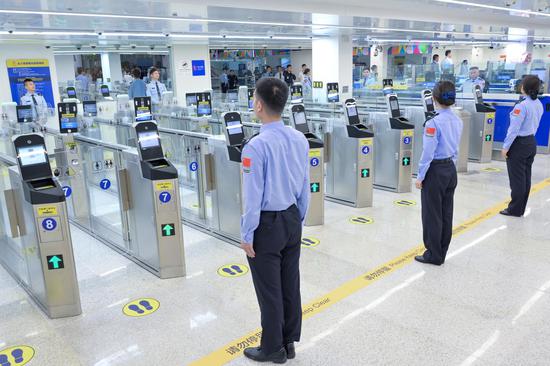
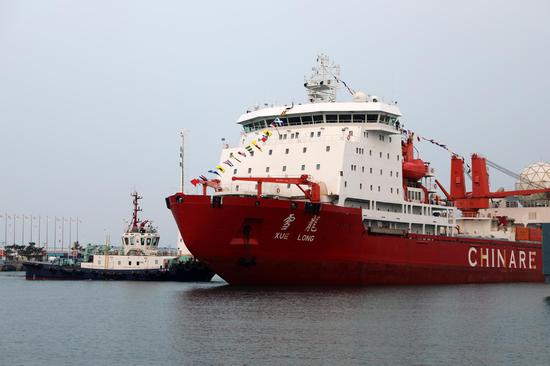

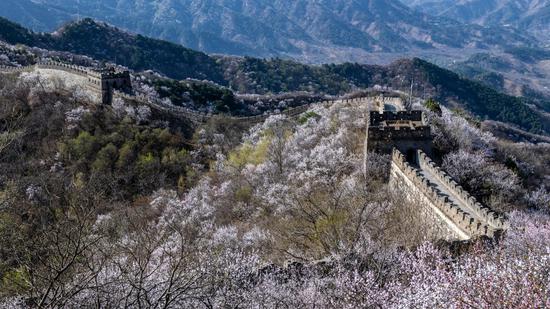
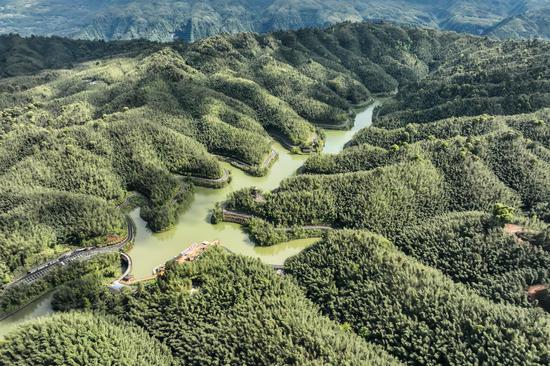
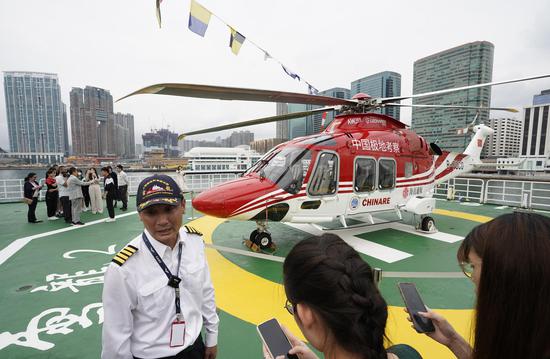

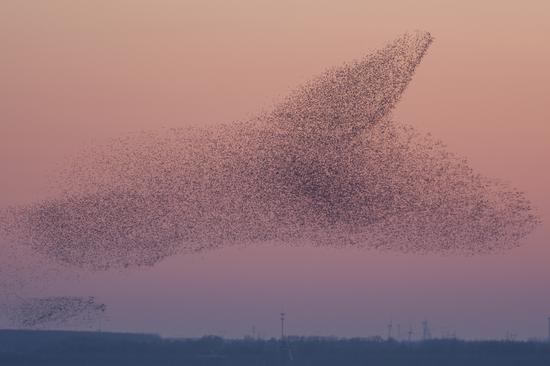


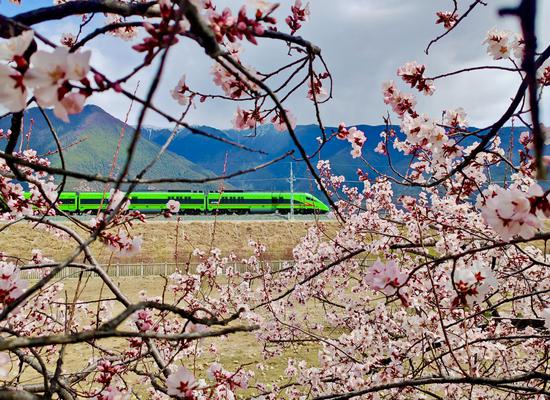


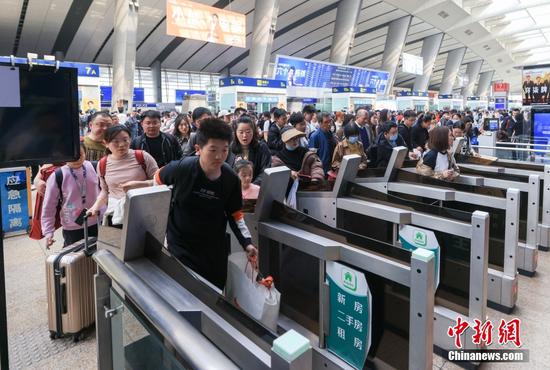

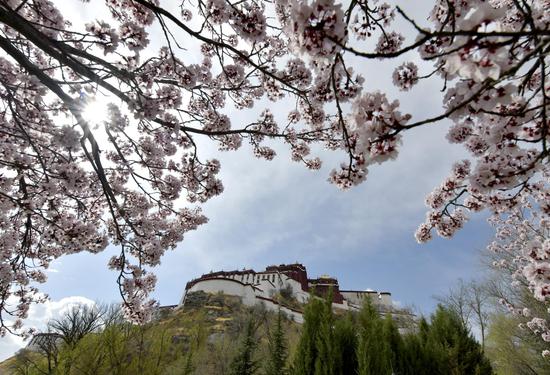



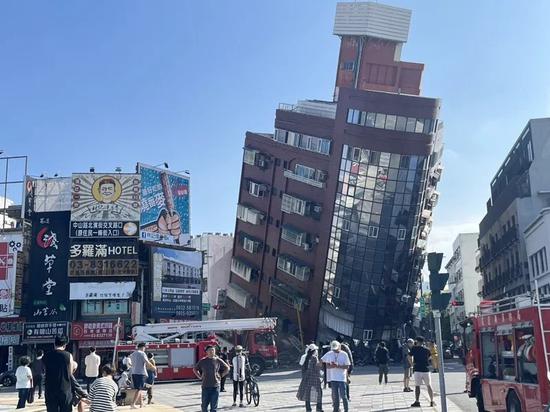
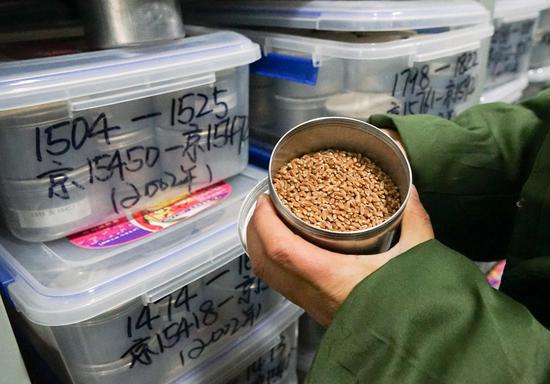
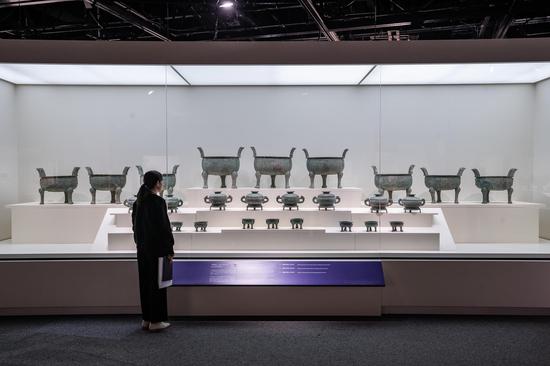
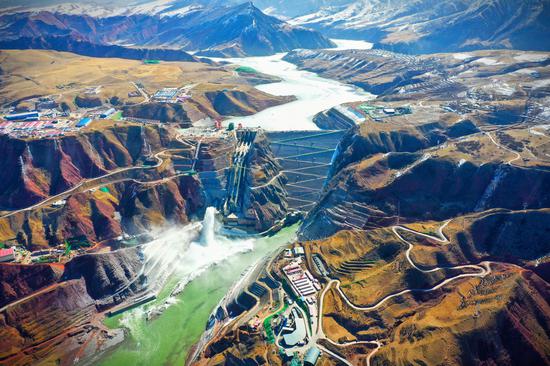
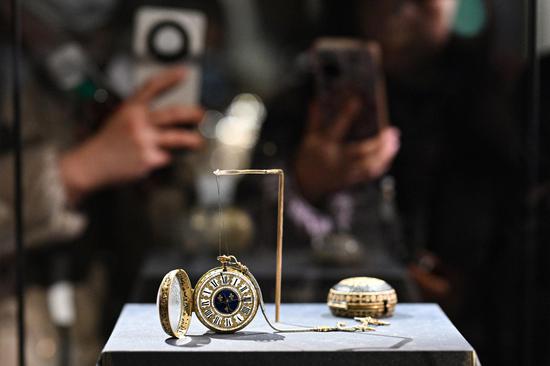

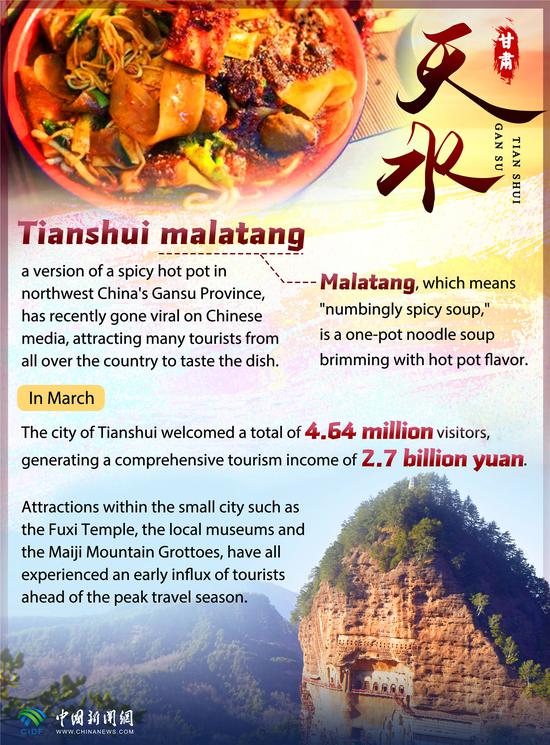
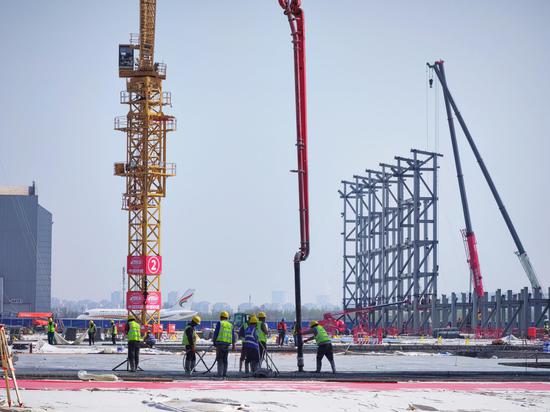

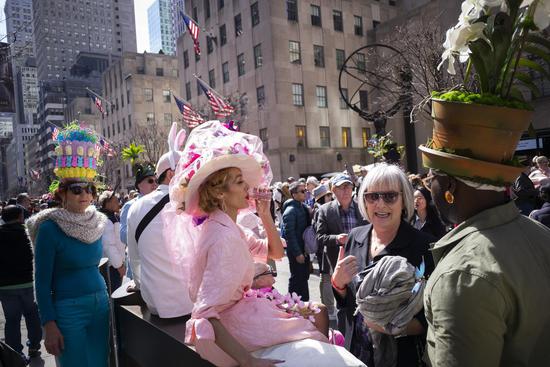

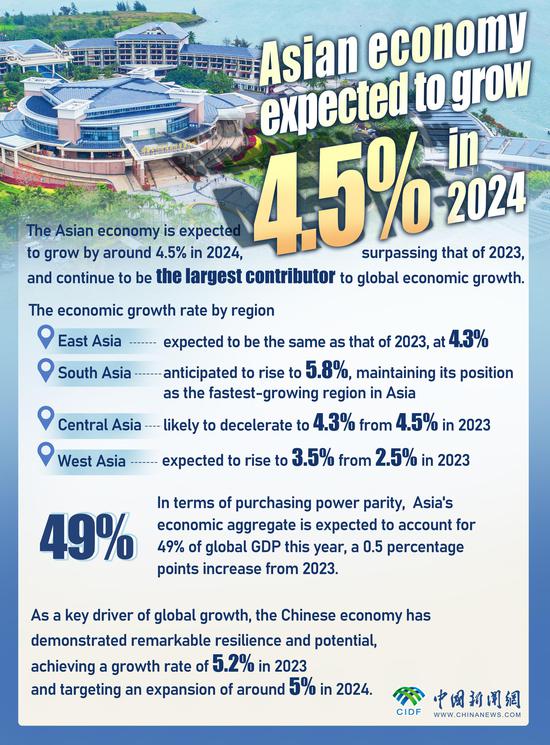
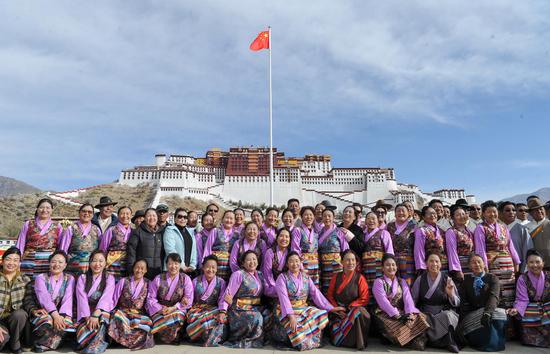
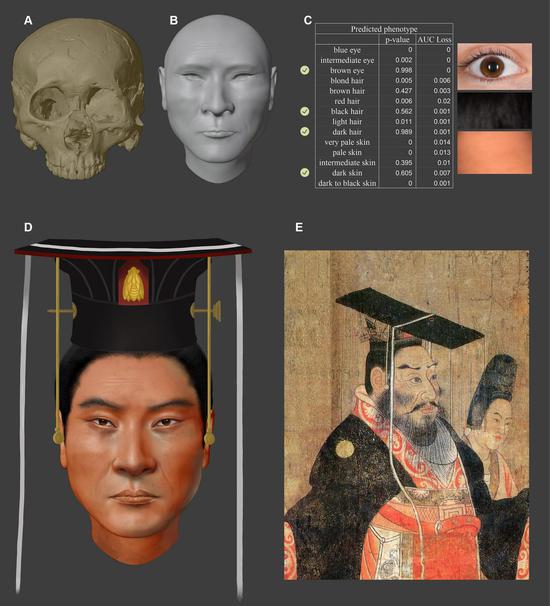

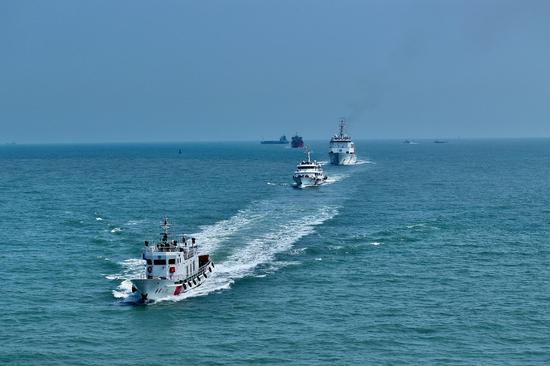






 京公网安备 11010202009201号
京公网安备 11010202009201号